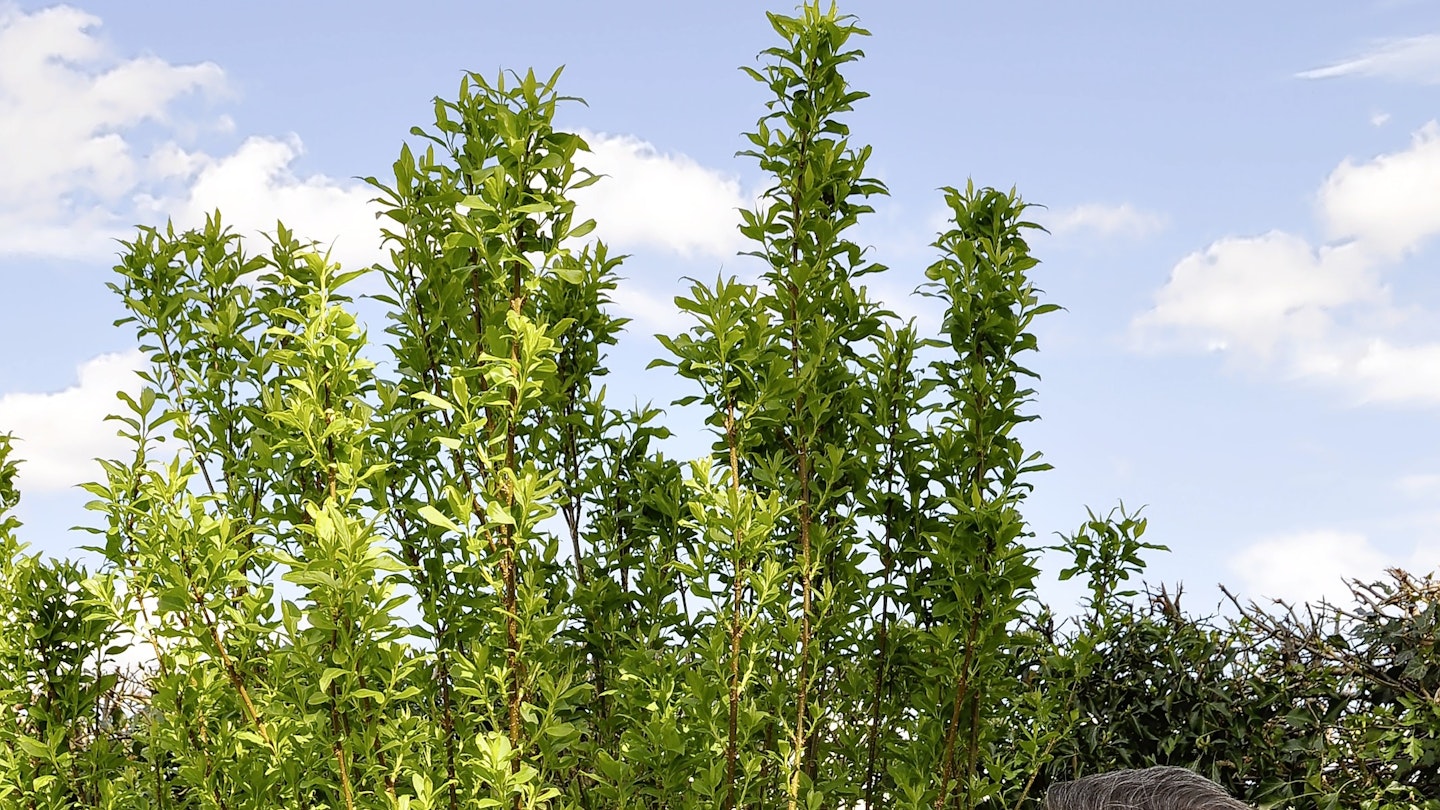Spring flowering shrubs are always a welcome sight in the garden after a long winter and there are plenty of different types to choose from that will give flowers and, in some cases, perfume from February through until May.
A few popular and reliable ones include forsythia, ribes, viburnum, shrubby lonicera, spiraea and daphne. For the first few years after planting they don’t usually need much in the way of pruning, but eventually you’ll need to do some to either control the size of the shrub or to thin out congested branches, and to remove old wood.
A little annual pruning will help to keep your favourite spring-flowering shrubs to a manageable size and encourage new flowering wood. As a guide, all spring-flowering shrubs flower on the previous season’s stems or two-year old wood, and any pruning needed should be done after flowering to allow the shrub all summer to make new flowering stems for next spring.
The aim is to prune out some of the branches that flowered this spring back to a side shoot and, if lightly pruned, each year you’ll get a good flowering display. Hard pruning won’t harm the shrub, but it will encourage strong stems that might not flowers for another two years, so only prune hard if you must to rejuvenate an old shrub.
Top Tips
-
After flowering try to cut out around one-third of the stems that have flowered back to a new side shoot.
-
Ribes can spread, so trim back outward-growing branches to prevent it from growing too wide
-
To encourage new growth from the base of a shrub, cut out a couple of the older thick branches lower down
-
Evergreen spring-flowering shrubs are usually only lightly pruned to help maintain a good shape
